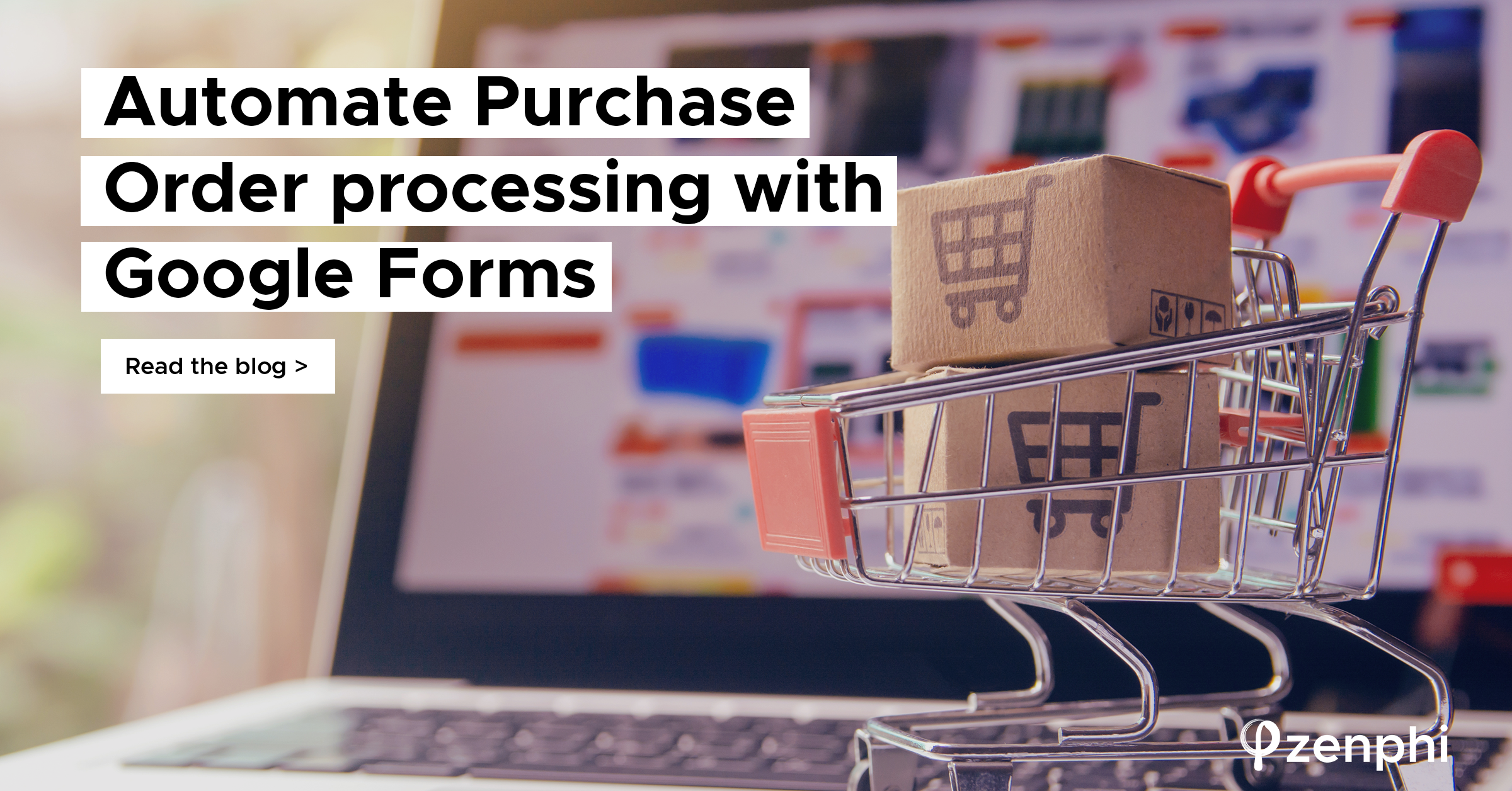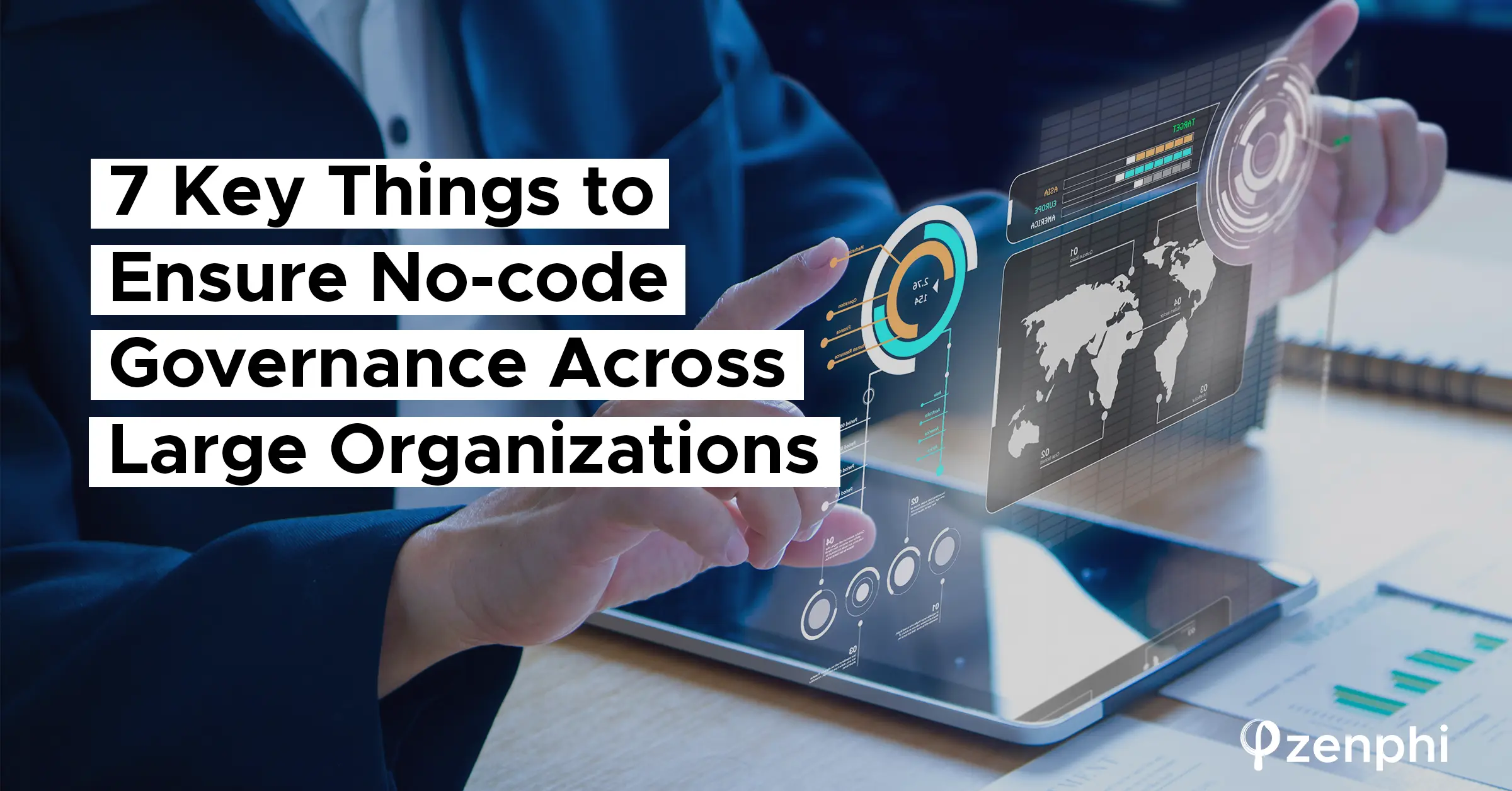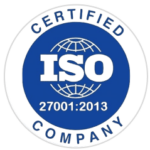Exploring the landscape of business process automation, you’ll encounter a wide range of tools, and it’s not always straightforward to grasp their differences or determine the best fit for your needs. The ideal solution is one that ensures a smooth, end-to-end process flow with minimal manual intervention, seamless data integration, and significant time savings. While numerous tools claim the ability to automate business processes, truly finding one that delivers tangible results is essential. Traditional automation often requires a complex web of disparate platforms, which can be inefficient. This is where process orchestration stands out as an innovative and effective alternative. This approach offers a cohesive and streamlined way to enhance your business operations. In this article, we’ll explore why process orchestration is becoming a key driver of operational efficiency and how it can reshape your business operations.
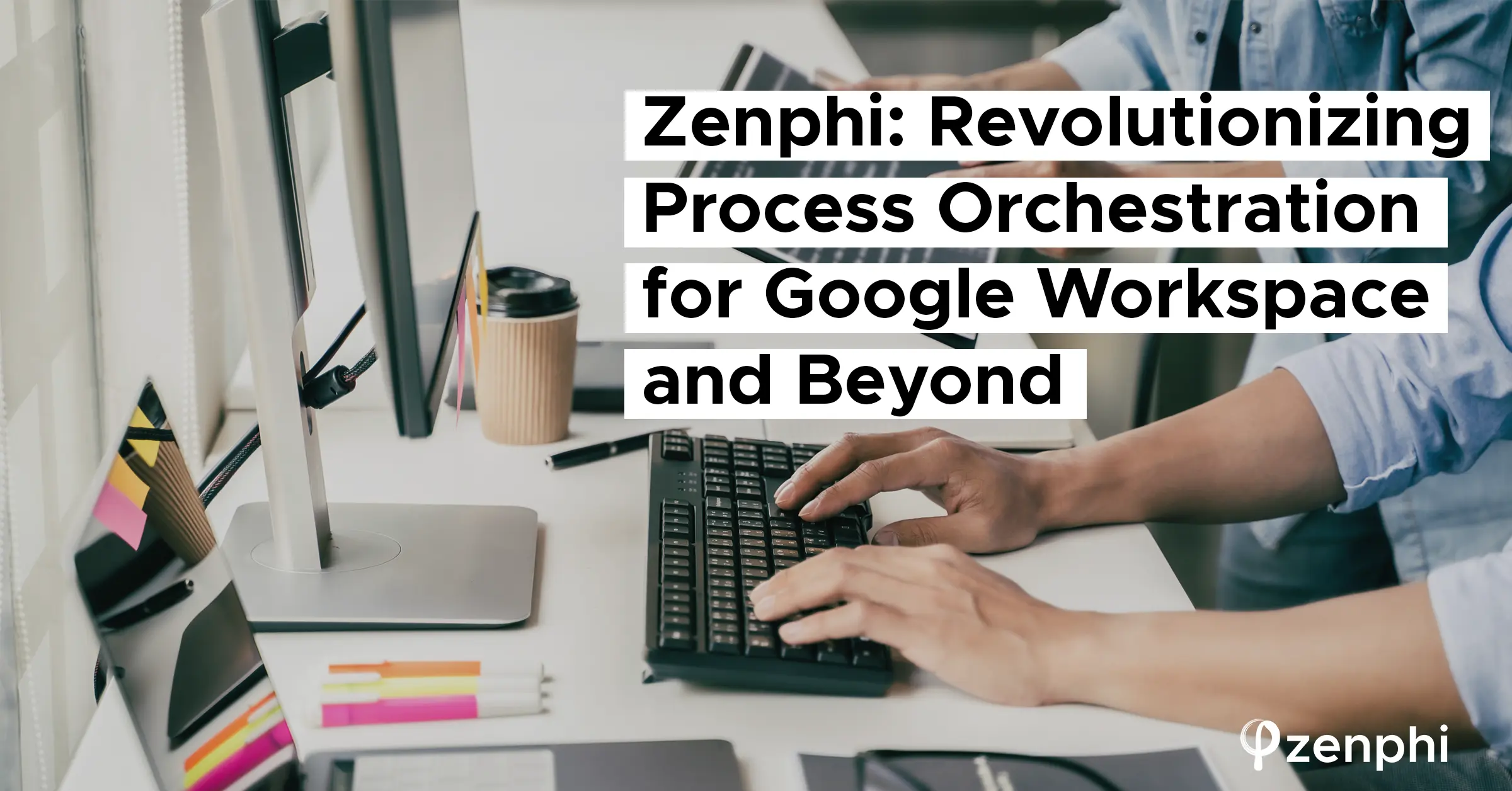
The Challenge of Traditional Process Automation
Typically, automating a comprehensive business process, such as invoice processing, involves coordinating multiple platforms. This could include integration tools like Zapier, form platforms like Typeform, IDP solutions like Rossum, data management platforms like Airtable, workflow systems like Nintex, and analytics tools like PowerBI. This approach, while diverse, often becomes fragmented, time-consuming, and costly.
Process Orchestration vs. Process Automation
Understanding the distinction between process orchestration and process automation is crucial in the realm of business efficiency. Process automation is about streamlining specific tasks or activities within an organization. It focuses on automating repetitive and manual processes to save time and reduce errors, often through individual tasks or within a single system. On the other hand, process orchestration takes a broader view. It involves coordinating and managing multiple automated tasks and processes across various systems and departments. Orchestration ensures these automated processes work in harmony to achieve broader business objectives, like improving workflow efficiency, reducing costs, saving time, or driving strategic initiatives. While process automation can be seen as a single piece of the puzzle, process orchestration brings all these pieces together, creating a cohesive, efficient workflow that aligns with the business’s overarching goals.
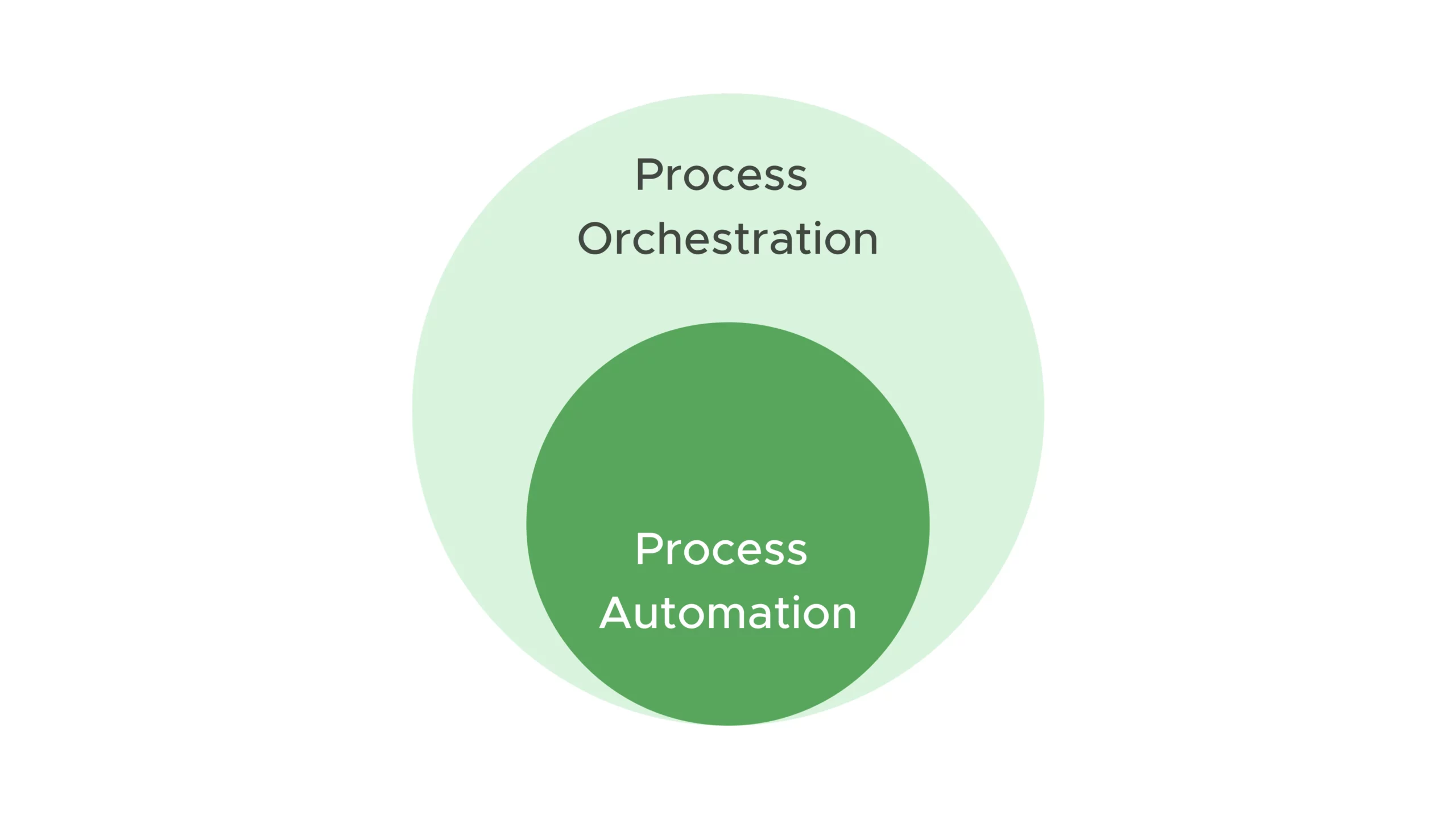
Zenphi’s Unique Approach: Revolutionizing Process Orchestration
Zenphi stands out as the only process orchestration platform specifically designed for Google Workspace. It enables seamless orchestration and automation of your processes across Google Apps, other software systems, people, and devices. Developed from the ground up with the latest technologies and informed by years of expertise in process orchestration, zenphi provides an all-in-one platform equipped with everything needed for comprehensive process orchestration. It’s comparable to the Microsoft Power Platform for Google Workspace users, yet it’s simpler, more cost-effective, and easier to learn.
Why Zenphi? A Lean, Powerful Solution for Modern Businesses
Zenphi’s strength lies in its blend of simplicity and power. It’s built on new technologies, free from legacy constraints, making it agile and responsive to the ever-evolving business needs. Here’s why zenphi stands out:
1. Advanced Workflow Automation: Zenphi enables complex workflow automation with ease, offering the most reliable and advanced workflow automation to automate any business process from simple to the most sophisticated ones on Google Workspace and beyond.
2. Comprehensive Integration: Seamlessly integrating with Google Workspace apps like Gmail, Drive, Calendar, etc, and other third-party apps like Salesforce, DocuSign, Jira, Asana, etc., zenphi extends its capabilities to other software applications, bridging gaps and creating cohesive workflow experiences.
3. Advanced Forms: Zenphi Forms enables you to easily create advanced digital forms to start a workflow or as part of a task assigned to a person. It offers advanced features like Repeating Sections, Digital Signature, Access Control, etc.
4. Integrated Tables: Zenphi Tables provide an easy to use, yet powerful built-in spreadsheet like database to store and retrieve your process data.
5. Document Generation Capabilities: Built-in document generation streamlines paperwork, reducing errors and saving time in document-dependent processes. It enables the creation and editing of documents, reports, presentations, spreadsheets, etc.
6. Built-In AI: Zenphi’s integrated AI capabilities enables you to easily harness the power of various AI models like IDP (Intelligent Document Processing) and integrate them in your business operation with just a simple drag and drop.
7. Process Insights: Orchestration and automation of your process is the first step of a journey. We know the very next step is seeking answers about the execution of those processes. Zenphi’s process insights unlocks the black box of your process execution and enables it to monitor, analyse and get insights into your business operation i.e. process executions.
8. User-Friendly Design: Unlike complex platforms, zenphi is intuitively designed for ease of use, making process automation accessible to everyone, not just IT professionals.
9. Enterprise-Grade Features: With features like federated user management, role-based security, multi-region support, and an on-premises gateway, zenphi offers robust solutions tailored for enterprise needs.
Zenphi vs. Other Automation Platforms
While popular automation platforms such as Zapier, Make.com, FormStack, Airtable, process.st, and AppSheet focus primarily on specific aspects of process orchestration and automation, they might be sufficient for simpler, standalone tasks. However, for those aiming to enhance and scale their operations, a more integrated and comprehensive solution is required. This is where zenphi stands out, offering exceptional capabilities in end-to-end process orchestration.
Other platforms, like the Microsoft Power Platform, also facilitate end-to-end process orchestration and automation. Zenphi, however, distinguishes itself by offering the advanced features of Microsoft Power Platform but without the associated complexity and cost. For businesses seeking an efficient, scalable, and user-friendly approach to process orchestration, zenphi is the ideal choice. It’s not just about automating tasks – it’s about enabling businesses to fundamentally improve their operational efficiency.
Embrace the Future of Process Orchestration with Zenphi
Zenphi is more than a tool; it’s a strategic partner in your business’s journey towards streamlined operations and digital transformation. It’s time to move beyond traditional platforms and embrace a solution that’s built for the future, offering all you need to orchestrate and automate your business processes effortlessly. With zenphi, process orchestration is no longer a challenge; it’s an opportunity to excel. Check out how Zenphi customers have achieved their operational goals here.

